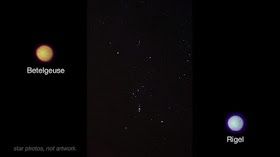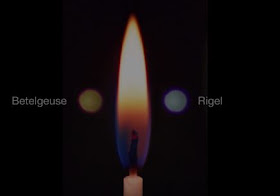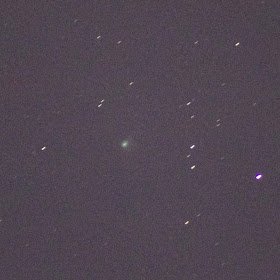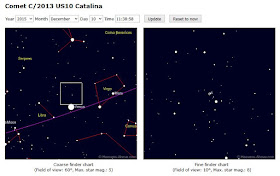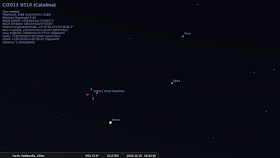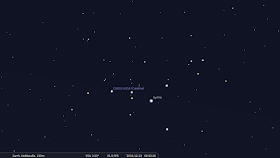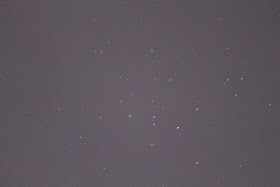We had clear skies for the Christmas full moon, incidentally the
first full moon on Christmas day since 1977. Testing out two of my new Christmas presents on Christmas evening, I got this
amazing universal smartphone tripod adapter mount. There are a lot of them on Amazon, it looks like some company is making them wholesale and other companies are stamping their logo on them. Either way, it's the only tripod adapter you'll need, it's so easy to pop my iPhone in and out without removing the case.
So let's check out the full moon on Christmas with both the iPhone on a tripod (with no additional lenses) compared to the Canon T5i (single frame no stacking) sent straight to my phone from the
Eyefi wireless memory card.
 |
| iPhone (Left) photo with no additional lenses vs. Canon T5i (right) single frame no stacking. Both pumped up using Instagram's Structure tool and a tiny bit of contrast. |
Check it out! I got quite a bit of detail on the face of the moon with just the iPhone itself and no digiscoping or additional lenses or anything. I used the
Manual camera app to adjust the exposure and focus similar to this description except this is just a single frame no stacking.
Here's a closer look at the tripod adapter. The top extends out to clip around larger phones and it has a spring in it that pulls the clamp back down for a snug grip. It's perfect for time lapses or
ISS passes or anything else you need a tripod for. It's
more convenient than this Glif mount because you don't have to take it out of the case.
The
Eyefi wireless memory card is another cool gift I was excited about. It lets you transfer photos directly from the memory card to your phone over its own WiFi signal (you don't have to be on the internet at home, you can be in the middle of the desert).
For me, this means I can cut out the step of running to the computer to transfer images in iPhoto and then dropping them into Box just so I can tweet or Instagram something. I've done this a few times with eclipses when I wanted to share a lunar eclipse photo - I had to run in and transfer everything quick and run back out. With the Eyefi I can get the photo on my phone and cut out the middle man. I'm also looking forward to this for sports photography. I took photos of an intramural basketball championship and could have tweeted out the winners' photos right away rather than waiting.
 |
| The Eyefi memory card has its own wireless network signal it can use to transfer photos directly from your camera to your phone instantly without loading them onto a computer first. |
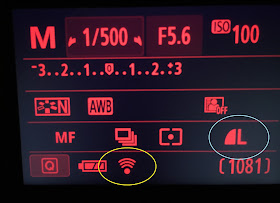 |
| This symbol on the back of the camera (yellow) means I'm connected to the card with my phone. It was easy to set up, the only confusing part was that it didn't work in RAW, it only connects and transfers with JPEG so it's good for quick moon photos or sporting events, but not something that will replace a stack of RAW files. |
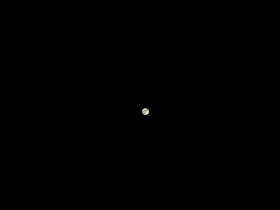 |
| iPhone photo straight from the camera, 3x digital zoom, Manual app, iPhone 6, f/2.2, 1/670 sec, ISO 32, 4mm |
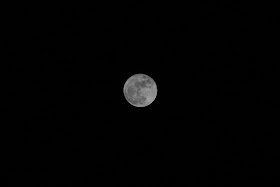 |
| Canon T5i single frame, f/5.6, 1/500 sec, ISO 100, 300mm |

